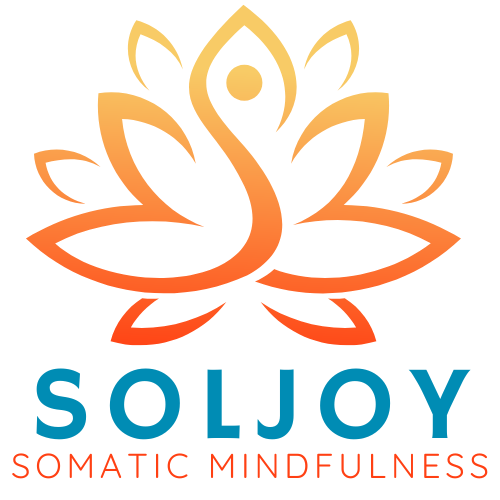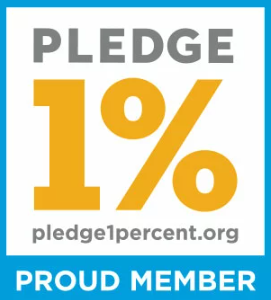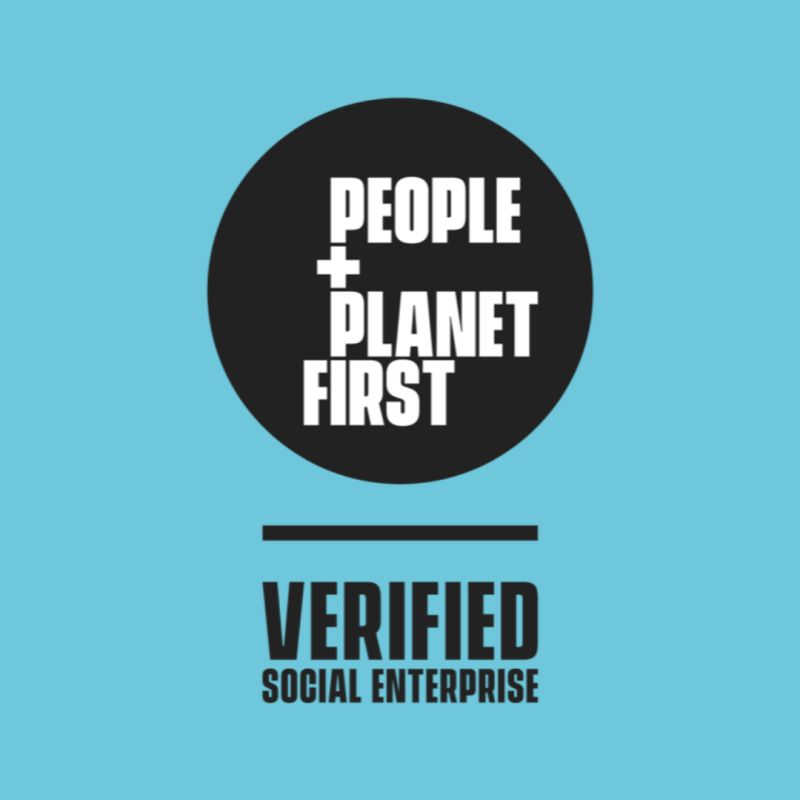When you’re operating off a shoestring budget, it’s essential to leverage your impact through your network. Better yet, how do you transform your network into a tribe of strategic alliances?
If you take the case that people generally love contributing—the question becomes understanding in what way? You will then find an abundant resource of generosity that is a win-win solution with no money required.
To clarify, I’m defining network as a loosely affiliated group of one on one associations, while a tribe member is someone you could call up at 3am in the morning and they will ask “how can I help you?”
At the height of my networking, I would attend two networking events a week averaging five one-on-one “coffee meetings” per week. These conversations gave me insight into what motivates people to contribute. Over many years of networking, I noticed a pattern of how different relationships like to express giving back or contributing. And I created the 6 Faces of Contribution based on those patterns. And just like a love language, I learned how to speak in terms of my network’s “Contribution Language” activating them into lifelong tribe members who were eagerly ready to contribute to the success of my business.
Here are the six faces of contribution unveiled: Investor, Connector, Masterminder, Builder, Supporter, and Champion.
The 6 Faces of Contribution:
Investor: Investors use money as their medium to support you. Either as direct clients, or funding you—money is how they engage with you. Not all investors want to do more than just pay you. When I was the Director of Development for an impact investing wealth management firm, I quickly discovered how clients did not necessarily want to make introductions to other people—no matter how happy they were with their service. It’s counterintuitive to the noise you hear out there that if people are happy, they’ll naturally share with others. Not necessarily. On the other hand, there were several instances of people wanting to refer you without having ever been a customer or client! What a paradox. Or is it? Haven’t you noticed some people simply enjoy connecting people for the sheer joy of it? Which brings me to the next Face of Contribution
Connector: They are sometimes referred to as an influencer, center of influence, or someone “well-connected.” These people are rarer to come by and are the hub of influence in their community. If you authentically build relationships with these people, they become an invaluable resource for years to come, once you can “activate” them and give them an opportunity to engage—more on activation later. Connectors don’t need referral fees. Unlike Investors who use cash as their medium of contribution, Connectors use reputation as their medium. When a good match is made, boom—up goes their reputation for having made that connection and the more valuable they become in being known for making a quality referral. Connectors are your best sources for referrals—NOT Investors. They may never even buy from you, and they love to matchmake. Caution: There are a lot of posers out there who claim to be a connectors, but don’t take the time to really understand your business to be able to give a good referral or match make in other ways. They either say they’ll keep a look out and don’t deliver or if they do, it’s just not the right person to talk to or unclear on why you were connected in the first place.
Masterminder: These people LOVE sharing ideas and are strategizers. They make the best sounding boards and likely love research. One of my colleagues was the quintessential Masterminder. She loved to vet my ideas, build on them, play with them and when it was time to check out our new project idea, she’d happily research, compile, synthesize and report back her findings, often bound with a plastic cover . . . free. That’s right, people’s contribution language is a boundless, limitless resource free of obligation, indebtedness, or duty. Might I even go as far as to say—their joy. You can’t put a price on that, especially when doing mission driven work—and your company’s purpose is what drives them to offer very professional services for free.
Builder: Builders are your worker bees. They don’t want to strategize, they don’t want to make introductions, or pay you, their medium of contribution is time. They will do stuff for you . . . happily. That’s how they best feel fulfilled. They are folks who simply help you get-it-done. Nuf said.
Supporter: Supporters are typically your network of personal relationships that have nothing to do with business. They simply are your friend and love you. Their contribution medium is caring. Think spouse, mom, or best friend. However, they are in your network. They often know nothing about business but give you a reality check and tell you straight how it is, out of concern or worry for your overall well-being. Supporters do not make the best people to consult with or get advice from business-wise. But they are great at getting a totally outside perspective and alignment check in forwarding your purpose.
Champion: Champions are your professional fans and followers. No matter where you go in your journey, how many pivots you make in business, how many life changes impact your expected path and take a turn, they stick with you and love your work. They may not directly engage with you but are like the professional version of your supporters who are in business and whom you can go to for support. Think cross-sector colleagues who are your kindred spirits you meet at a business conference or event. Again, may never buy from you, or be in a position to offer strategy or advice—they simply cheer you on. They lift you up when you’re down and believe in you.
To activate your network into a tribe, you must understand what face of contribution they most like to play. Meaning, what is their primary expression of contribution or contribution language? Then have conversations creating opportunities for them to express their contribution to participate in what you are up to creating.
Like any categorization, most of your network is going to have multiple faces of contribution with one or two as a primary language. Your job is to discover their primary language and create win-win propositions from there.
Analyzing your Social Capital
Brainstorm a list of all your top 30 relationships into a spreadsheet. Don’t worry about screening people in or out. Just jot down people who support you, believe in you, cheer you on, buy from you, or listen to you. Try to come up with at least 15. Then label 6 columns across with each face of contribution, and rate each person 1-3 (1=not a fit 3=yes, this is how they love to contribute!)
Then add up the total points for each person listed. Find out who has the highest point value. Notice what you discover to determine next actions to take for each relationship. What value can you offer each relationship? What requests can you make of each relationship?
Pitfalls to Watch Out For When Making Requests of Your Tribe
1. Pride. What I’m talking about is when someone genuinely offers you (no strings attached) in an area you KNOW and WANT help with, and you refuse for some reasons (fear of looking needy, or a mooch, or not wanting to be in debt and owe them). Receiving true generosity is a gift takes a tremendous level of courage that honors others.
Solution: Get good at graciously saying thank-you. And accepting offers of help. Think of a time when you genuinely wanted to help someone move, or make a meal, or offer service—and they refused. What did you feel? Did you feel compelled to make an offer again? Now think of a time when you were the one who refused the offer. Were you aware of how it made the other person feel when you refused?
2. EXPECTING others to give to you and having resentment or disappointment if they don’t. When you make a request, you get what you get. If it’s a no, honor the no, and find out how they would like to engage or contribute to the business.
Case Study
When I started up TEDxBellevue, I knew a team was critical to success. In order to be profitable while fulfilling the mission of the event theme Sustainable Happiness, first things first—I had to activate my network into a tribe.
How? I analyzed my top relationships by their primary contribution language that reached out to each relationship. I created win-win propositions by understanding how they best like to contribute.
The end result? I recruited an entire team of professionals from cross sectors in tech industry, non profit, and entrepreneurs to lead 8 different aspects of the event. This resulted in selling out 2 weeks before the event, at $100/person tickets. Through the help of my tribe, a $10K event to put on, cost us $2K, and the event profited $2500.
Post event, I wondered if it was only successful because the TEDx brand. To test this assumption, I launched another event the Creativity Symposium from scratch with the same ticket pricing and audience size, again, with no money, and this time–no brand awareness. Different cause. Created a tribe to rally around the cause of women’s leadership.
This time we doubled in net profitability over TEDx. How? Two factors:
1) Rallying around a purpose (in this case women’s leadership)
2) Activating my network into a tribe by understanding their contribution language
By analyzing your network of relationships or “social capital”, you can learn to leverage your connections more wisely into a tribe that will eagerly help you grow your business.
Being contributed to takes tremendous courage, vulnerability, strength, and is a huge source of power. Master both sides of contribution and the world will be your oyster to create greater impact!
Anna S. Choi helps conscious companies grow their client flow through business and marketing coaching. She loves synthesizing, adapting, and distilling strategic marketing plans into executable daily actions to take that get results to grow your business. If you’re interested in taking focused action on an intentional strategic marketing plan to energize more client flow, please watch this introductory video to see whether we are a fit. I look forward to connecting and supporting you! You can contact her at anna@annasunchoi.com or 206-330-6426.






